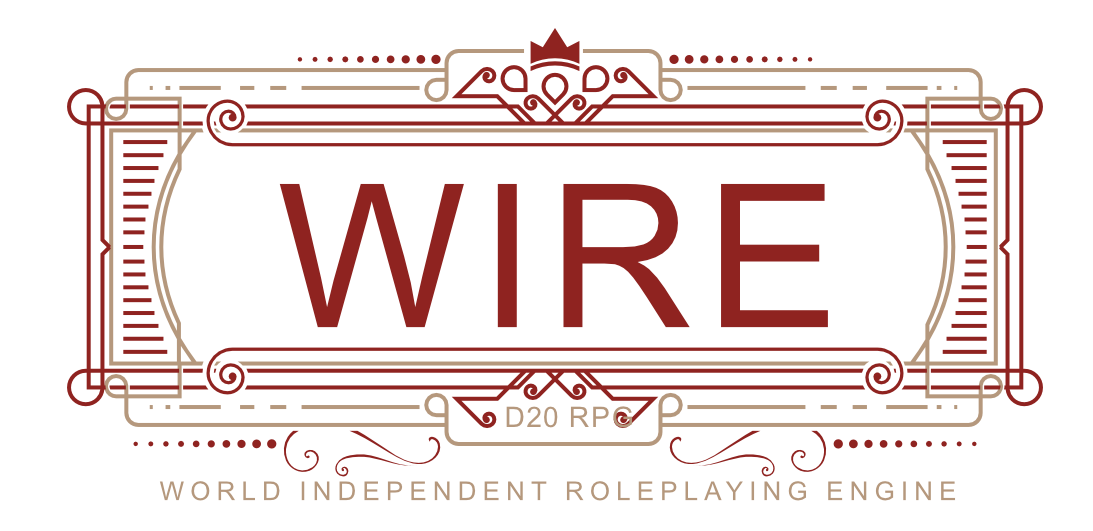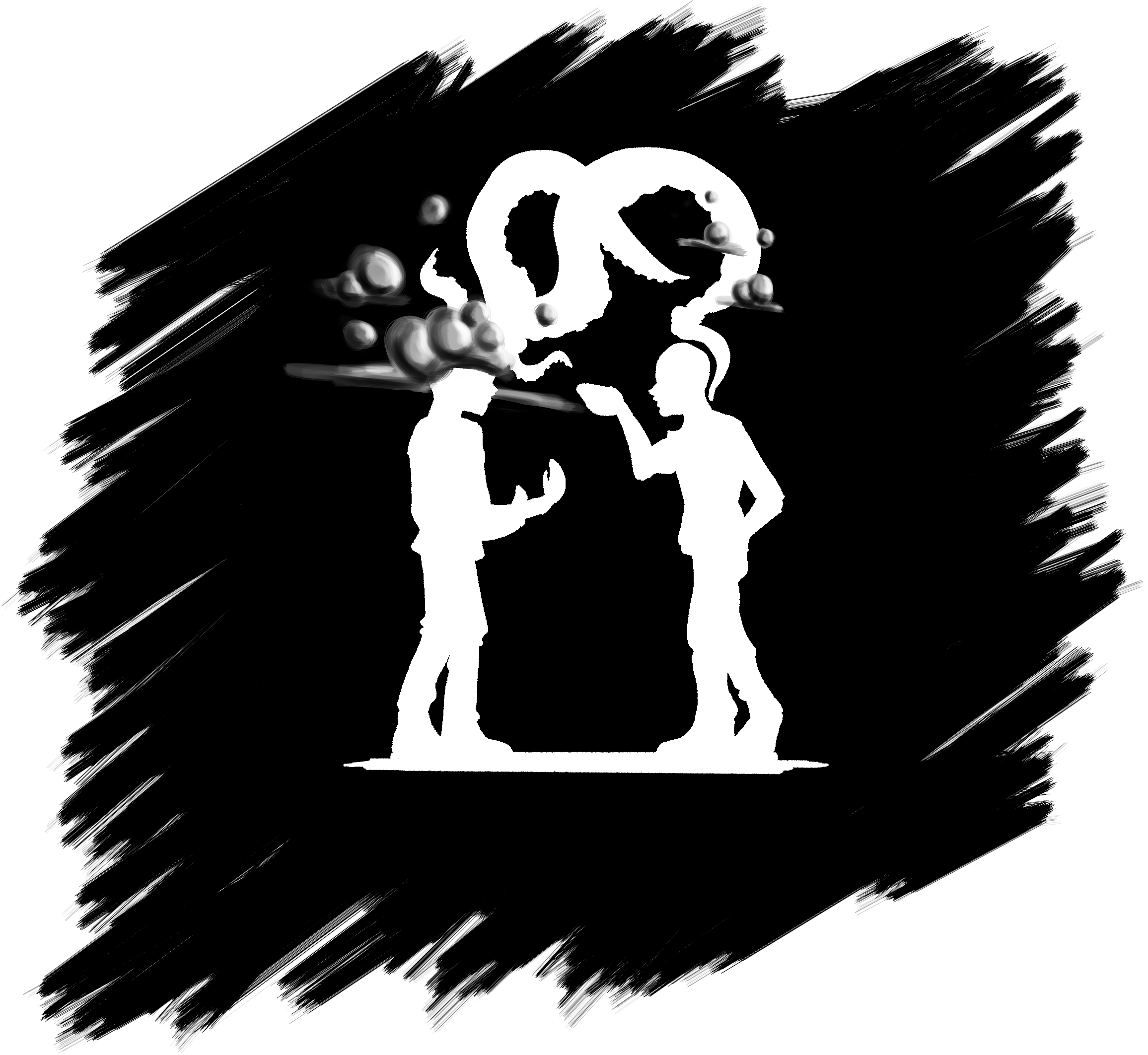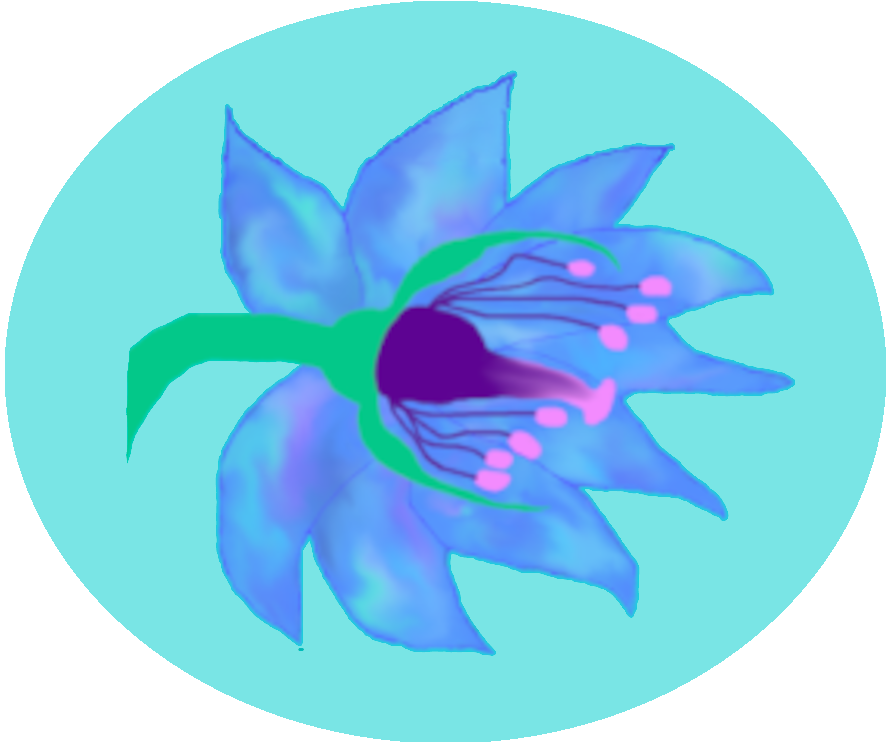Purple Ivy
Purple ivy is a further mutation from a genetically mutated interbreeding of ivy, poison ivy and a Venus flytrap. It is most common in North America and Europe, where it spreads like a weed in the sprawls.
During the decade of mutations, as the last decade of the last century is also called, seeds of rare, genetically mutated plants entered the wild. The plants released in this way mixed with other, naturally occurring plants. One of the resulting hybrids is the purple ivy.
Basic Information
Anatomy
From first sight, the Purple Ivy looks like ordinary Ivy with gradient coloured leaves. The leaves range from a deep blood-red to a bright and intense purple. On second sight, you will recognize the slightly feathered 6-folded leaves. They grow in pairs on a filigrane, red coloured twigs. The whole plant is aerial rooted, but grows together to something tree-stem-like.
The twigs are covered in fine nettle-hair, which break off when you touch them and inject a poison into your blood. This poison causes Nettle Fever, Hallucinations and can even cause Paralysis for allergic people.
Genetics and Reproduction
The Purple Ivy is a hermaphrodite plant. This means that it is male and female at the same time. While it is possible to reproduce Purple Ivy by simply parting the parent plant, the main method seems to be pollination through the air.
Growth Rate & Stages
While the common Ivy needs several decades to cover up a building, the Purple Ivy grows much faster. From a young plant to a full grown plant it needs only five years. More aggressive variants of the Purple Ivy can even grow on steel, chrome or even glass. This makes the plant pretty dangerous for building structures, because it penetrates deep into the building materials.
To propagate the plant by division it needs to be at least one year old.
Ecology and Habitats
This Ivy variant was created to grow on sour earth and urban environment. It can penetrate stone, steel and other building materials easily, which is why it grows in nearly every city of Northern America and Europe. The plant reproduces aggressively and has almost completely displaced other urban plants.
Dietary Needs and Habits
Since the urban environment doesn't provide the amount of nutrition the plant needs, and since one of its genetic ancestors is a venus flytrap, this plant is carnivore. The mere size it can reach enables it to consume large birds, dogs, rats and even children or weakened humans.
Once the plant senses the aura of a living creature, it starts to move near it and tries to wrap itself around its prey. The strong twigs will strangle the prey and pull it closer to the center of the plant. The paralyzing poison will prevent even adults from fleeing.
If the plant manages to wrap itself around its prey, it will slowly consume it via a poisonous secretion from its leaves.
Additional Information
Uses, Products & Exploitation
Besides the aggressive nature of the Purple Ivy, which makes it more a weed than a useful plant, it has certain uses large corporations want to exploit. But there is also a huge market for the Purple Juice, the poison that this plant produces. It has strong hallucinogen effect, which makes it a perfect, cheap drug for the poor people in the sprawl.
Medics, corporations and rich people see the opportunity to use the high vitamin concentration within the leaves and the twigs to enrich the Soy Paste, most people have for food on a daily basis. This would make the production of food even cheaper and increase the revenue corporations will get from it.
Perception by the population
While corporations see the nutritious value of the plant, they also see the danger that this plant will destroy buildings and structures if it grows uncontrolled. They want to cultivate the plant, so it can't reproduce itself anymore. The poor people in the cities see more dangers, because the hungry and aggressive plants grow everywhere and are not picky in what they consume.
There is a strong movement that wants to destroy all the plants and banish the usage forever. Other groups want to cultivate the plant and try to breed a less aggressive version.
Geographic Origin and Distribution
Purple Ivy is originated in the Northern Americas. It was imported to Europe by Travellers and garderners who saw the decorative appearance and not the dangerous behaviour.
Today you can find this plant in every sprawl of the Northern Americas and the European Countries.
Perception and Sensory Capabilities
I would swear that this damn, greedy weed can just smell you from a mile away. It's time that we kill it with fire.
In the first years, when this plant emerged from the mutations and genetic modifications, even scientists were not sure, how this plant hunts and senses the presence of prey. Only two years ago, a Magical Adept found out, that the plant also reacts to creatures and species which are only present in the astral plane. Further studies revealed that the plant in fact is capable to "sense" the Auras of living creatures.
Which role do you want to take?
Throughout the world, there are articles and secrets that contain spoilers that are important to Chronists but can spoil the experience for players. For this reason, choose here whether you are a player or a Chronist.
Do you enjoy adult content?
If you subscribe to this group, you'll have access to parts of the world that feature violence, depression, human trafficking, sexual content, and all the topics that make a setting dark and mature in nature. These will mainly be behind NSFW-articles anyway, but even those contain darker elements.
Adult













I love the contrast between the corporate bodies wanting to use it and the poorer people having troubles with it - does that symbolise further class tensions? Really nice article!
Thank you for your kind comment! Yes, the situation with the purple ivy is just a symbol for deeper and further class tensions and problems in the world.
Vampire loving servant of several chaotic forces.
Current Project: Die verlorenen Legionen